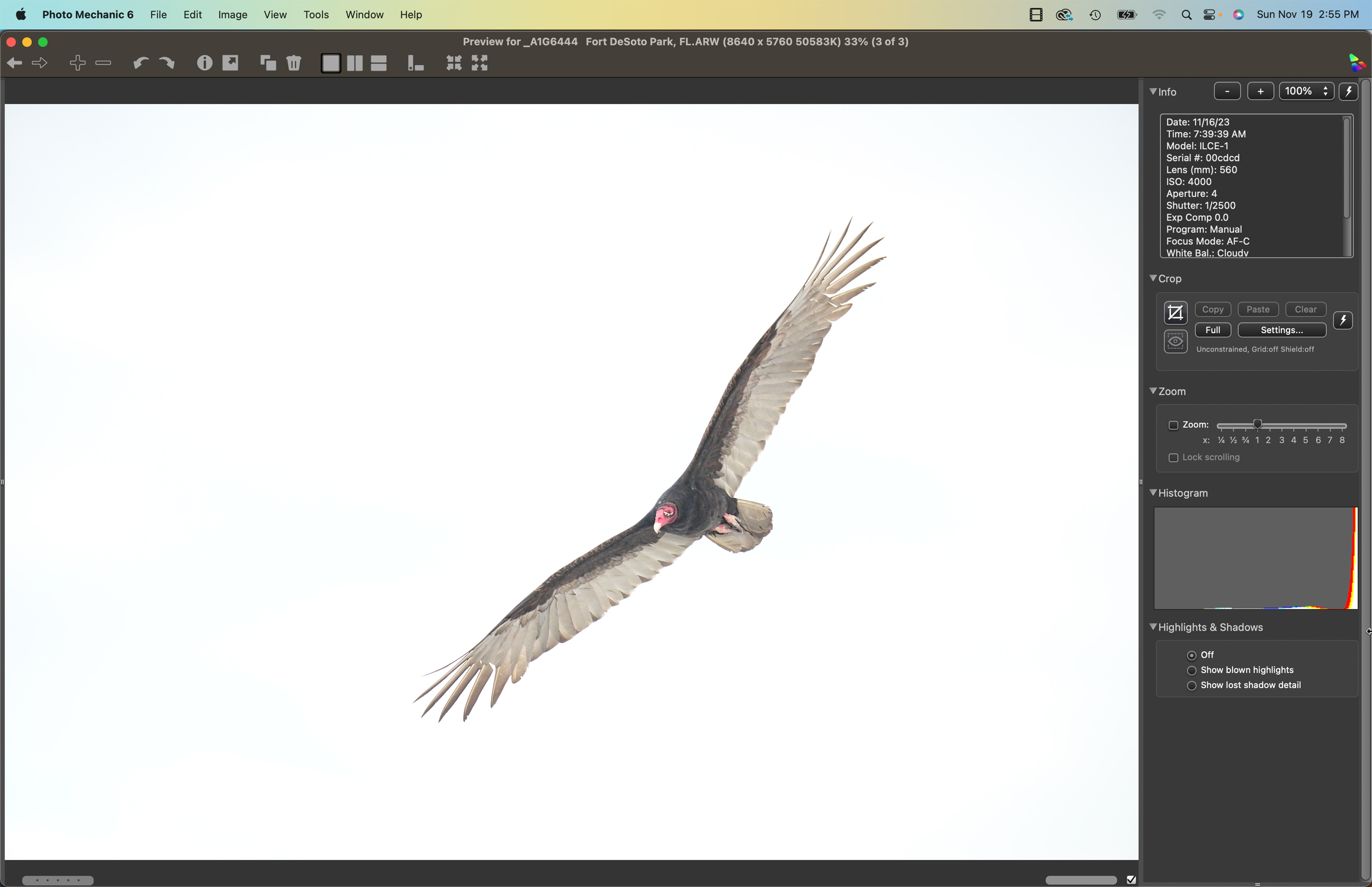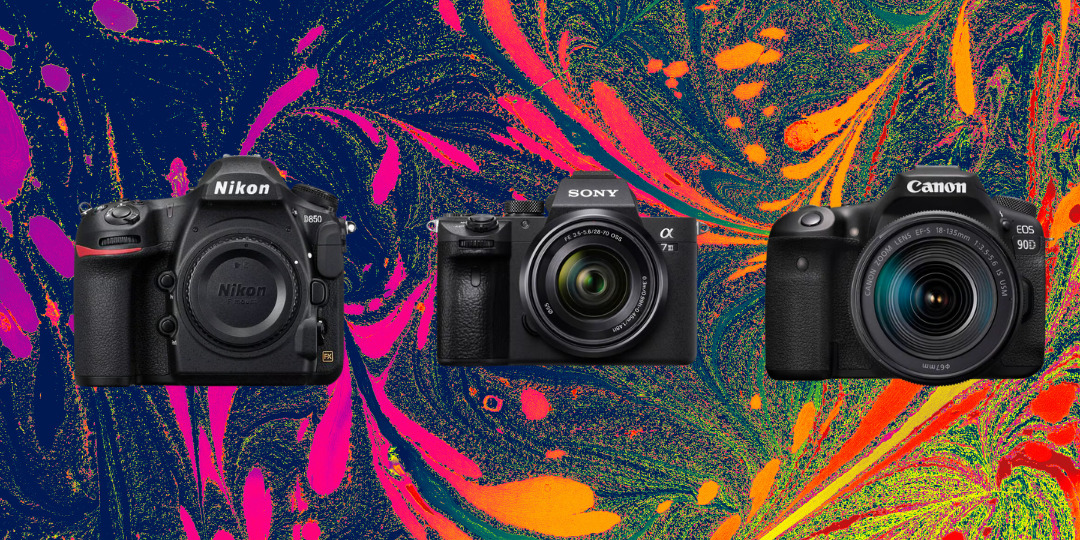Mirrorless cameras have mechanical shutters primarily to control exposure duration and to prevent distortion. They also aid in protecting the sensor from prolonged light exposure.
Mirrorless cameras, hailed as the vanguard of photographic innovation, combine compact designs with high-quality imaging capabilities. The inclusion of a mechanical shutter in these cameras might seem like a nod to their mirrored predecessors, but it serves critical functions even in the digital age.
It ensures precise exposure times, crucial for achieving the desired effect in various lighting conditions. Moreover, its presence helps minimize the rolling shutter effect, a distortion typical in fast-moving subjects captured by electronic shutters alone. Ensuring clarity and quality, mechanical shutters safeguard against the risk of sensor damage from ambient light, a concern for all photographers, from hobbyists to professionals. As technology advances, mirrorless cameras continue integrating traditional components like mechanical shutters, proving indispensable for consistently outstanding photographs.

Credit: www.birdsasart-blog.com
The Mirrorless Revolution
The Mirrorless Revolution marks a monumental shift in photographic technology. These new-age devices deliver high-quality imagery without the bulk and complexity of their predecessors. Photographers are switching to mirrorless cameras for their compact sizes, quiet operation, and innovative features.
Rise Of The Mirrorless Era
Mirrorless cameras have gained massive popularity in recent years. Traditional DSLRs are giving way to mirrorless models as users seek out lighter, faster, and more capable photography tools.
Key Differences From Dslrs
Mirrorless cameras differ significantly from DSLRs:
- No optical viewfinder: They rely on electronic viewfinders or LCD screens.
- Smaller size: The omission of a mirror box reduces their overall footprint.
- Faster autofocus: Many feature cutting-edge on-sensor autofocus systems.
Despite these differences, many mirrorless cameras retain mechanical shutters. These shutters serve critical functions in managing exposure and protecting the sensor. They provide options like sensor cleaning, and reduce distortions in fast-moving scenes.
Mechanical Shutters Uncovered
The advent of mirrorless cameras revolutionized photography. But here’s a twist: they still use mechanical shutters. Why stick with tradition in a digital age?
Function of a Mechanical ShutterFunction Of A Mechanical Shutter
Mechanical shutters are crucial in controlling exposure time and protecting the sensor. They operate with precision, allowing photographers to capture images without electronic lag. Picture-perfect moments demand the reliability mechanical shutters provide.
- Regulate light reaching the sensor.
- Prevent overexposure in bright conditions.
- Freeze motion with fast shutter speeds.
- Enable long exposures without risk of sensor damage.
Components Of Mechanical Shutters
Mechanical shutters consist of multiple blades. These blades open and close to expose the camera sensor. They must be sturdy and responsive.
| Component | Function |
|---|---|
| Shutter Blades | Create the exposure opening. |
| Shutter Motor | Powers blade movement. |
| Shutter Curtains | Control the timing of exposure. |
Perks Of Possessing Mechanical Shutters
Imagine having a tool that shields delicate parts and enhances your work outcome. Mechanical shutters in mirrorless cameras play that role with grace. Let’s explore their powerful advantages.
Protection For The Sensor
Mirrorless cameras have big, sensitive sensors. These sensors need defense from dust and harm. Mechanical shutters act as guardians. They close when the camera is off, keeping the sensor safe. This means your camera lives a longer, healthier life.
Image Quality And Sharpness
Excellent images rely on precision. Shutter movement causes tiny shakes. These shakes can blur your photos. Mechanical shutters help by controlling these movements. They ensure each click captures a sharp, clear image. Trust in mechanical shutters for photos that amaze.
The Persistence Of Mechanical Shutters In Digital
In the age of digital photography, mechanical shutters remain a vital component in mirrorless cameras. These shutters stand as a testament to the delicate balance between vintage mechanics and modern technology. Understanding why they persist unlocks the secret to their enduring relevance.
Electronic Vs. Mechanical Shutters
Digital cameras often feature two types of shutters: electronic and mechanical. The electronic shutter captures images using only the camera sensor. It ‘reads’ the data line by line swiftly. No physical movement occurs inside the camera. This avoids the risk of camera shake.
A mechanical shutter, on the other hand, uses physical curtains. They move to expose the camera sensor to light. They create a tangible ‘click’ sound when a picture is taken. Many photographers love this authentic feel of photography.
Mechanical shutters can also protect the camera sensor. They shield it from light when not in use. This can help prevent damage over time.
Situations Favoring Mechanical Shutters
- High-speed photography:
For action shots, mechanical shutters reduce distortion.
- Flash Photography:
With a flash, mechanical shutters sync better than electronic ones.
- Long Exposure:
For long exposures, mechanical shutters minimize sensor noise.
Despite advances in digital, mechanical shutters suit certain situations best. They offer reliability that electronic shutters sometimes cannot match.
Future Of Camera Shutter Technology
The relentless march of technology reshapes every aspect of our lives, including photography. Among the latest evolutions in this field is the camera shutter. Though mirrorless cameras embrace the cutting edge with their sleek designs, many retain a seemingly anachronistic feature – the mechanical shutter. Understanding its role and potential future is a journey worth taking for budding and seasoned photographers alike.
Innovations In Shutter Mechanisms
Mirrorless cameras often combine mechanical and electronic shutters. But why? Mechanical shutters bring forth benefits like protecting the sensor from light during long exposures and minimizing distortion while capturing fast-moving subjects.
Nonetheless, innovations are brewing. Manufacturers experiment with advanced materials and designs to make shutters more reliable and quieter. Some newer models use carbon fiber blades or cushioned dampening systems to decrease wear and sound.
Global shutters are another emerging technology. They promise to eliminate rolling shutter effects altogether, capturing the entire image in one fell swoop. This tech is still developing, but it hints at an exciting reality for photographers.
Predictions For Mirrorless Cameras
- The rise of global shutters could render mechanical shutters obsolete.
- Future shutters might integrate new materials for durability without noise.
- Electronic shutters are expected to improve, offering zero distortion.
As sensor technology advances, the need for a physical shutter may dwindle. Cameras with high dynamic range and fast readout speeds may rely solely on electronic shutters. This change could mean lighter, more compact cameras that still provide top-tier image quality.
Innovation shows no signs of slowing. It ushers in an era where camera shutters become quicker, quieter, and more robust. Whether through incremental improvements or revolutionary leaps, camera technology is set to amaze with what’s next on the horizon.

Credit: wavelength.focuscamera.com

Credit: www.nikon-asia.com
Frequently Asked Questions On Why Do Mirrorless Cameras Have Mechanical Shutters?
Why Do Cameras Still Have Mechanical Shutters?
Mechanical shutters in cameras reduce image distortion during high-speed captures and enhance image quality with flash synchronization. They also protect the image sensor from prolonged light exposure, preserving the sensor’s lifespan and performance.
Why Is There A Shutter In A Mirrorless Camera?
A shutter in a mirrorless camera controls light exposure and protects the sensor when not in use, ensuring optimal image quality.
Does Shutter Count Matter For Mirrorless?
Yes, shutter count is significant for mirrorless cameras as it indicates the amount of use and can affect lifespan and function.
Why Do Digital Cameras Need Shutters?
Digital cameras use shutters to control the duration of light exposure on the image sensor. This action captures photographs with the correct exposure, ensuring clear and sharp images. Shutters also enable photographic techniques like motion blur or freeze action.
Conclusion
Exploring the role of mechanical shutters in mirrorless cameras offers valuable insight. These components balance tradition with innovation, ensuring optimal image capture. They blend silent digital advantages with mechanical precision. Thus, mechanical shutters remain crucial, even in the age of mirrorless technology, for photographers who demand control and quality in every shot.



